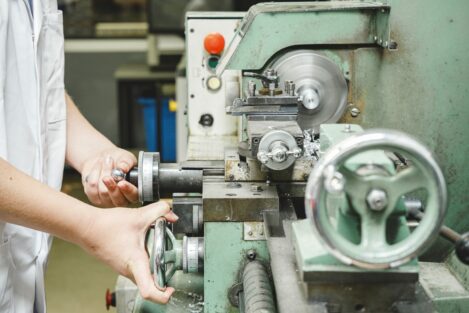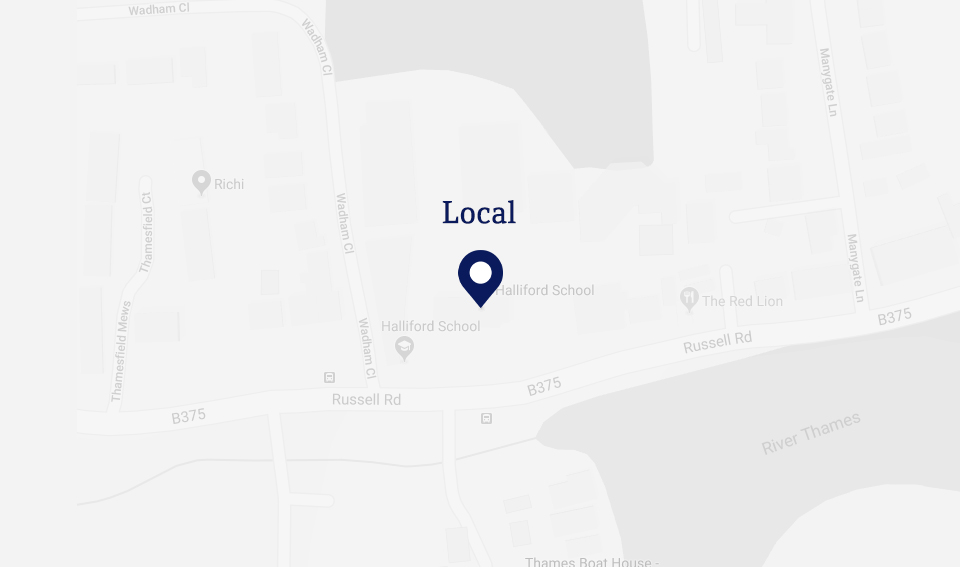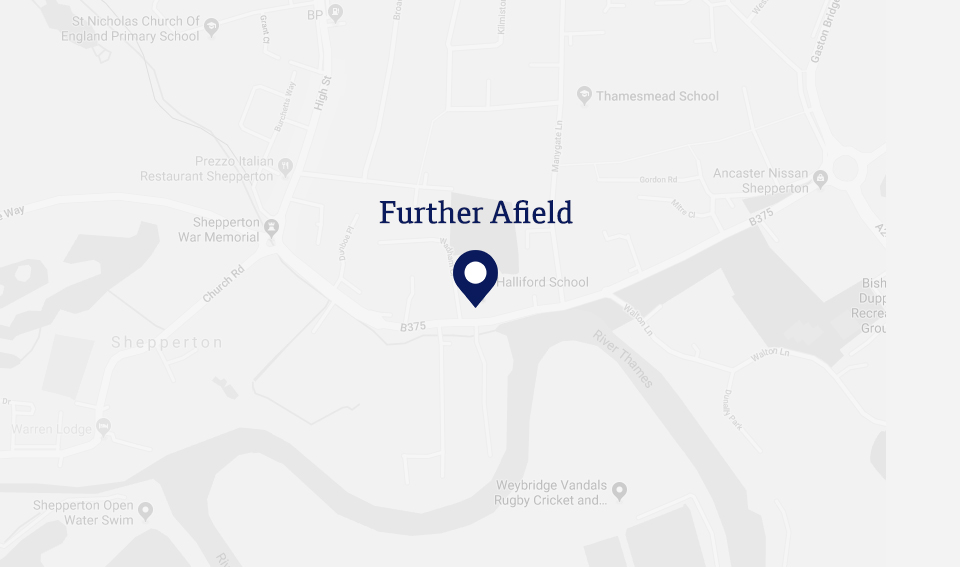Design and Technology
The Design and Technology Department at Halliford School is committed to delivering a curriculum accessible to all which provides the broadest possible range of opportunities for students. Design and Technology is an inspiring, rigorous and practical subject. Using creativity and imagination, students design and make products that solve real and relevant problems within a variety of contexts, considering their own and others’ needs, wants and values. They acquire a broad range of subject knowledge and draw on disciplines such as mathematics, science, engineering, computing, and art.
Students learn how to take risks, becoming resourceful, innovative, enterprising and capable citizens. Through the evaluation of past and present design and technology, they develop a critical understanding of its impact on daily life and the wider world. High-quality design and technology education makes an essential contribution to the creativity, culture, wealth and well-being of the nation.
Aims
The national curriculum for design and technology aims to ensure that all students:
- develop the creative, technical and practical expertise needed to perform everyday tasks confidently and to participate successfully in an increasingly technological world
- build and apply a repertoire of knowledge, understanding, and skills to design and make high-quality prototypes and products for a wide range of users
- critique, evaluate and test their ideas and products and the work of others
Through a variety of creative and practical activities, students should be taught the knowledge, understanding, and skills needed to engage in an iterative process of designing and making. They should work in a range of domestic and local contexts (for example, the home, health, leisure, and culture], and industrial contexts [for example, engineering, manufacturing, construction, energy, business, and economics).
KS3
Design and Technology forms an important part of the curriculum of Halliford School. Throughout Years 7, 8 and 9, Design and Technology is taught for two lessons per week. During these hands on lessons a wide variety of skills are covered giving the students a breadth of understanding that will allow them the ability to solve problems in a creative way. Students will work individually, in pairs or teams on a variety of projects. They will learn the use of traditional hand tools and machines as well as Computer Aided Design (2D & 3D) and how to use Computer Aided Manufacture through the use of a laser cutter. Design and technology is a fun and exciting subject that brings together a multitude of knowledge and skills learnt across other subjects and beyond.
GCSE
There is a single GCSE on offer, which is allocated four lessons per week.
The Pearson Edexcel Level 1/Level 2 GCSE (9–1) in Design and Technology consists of one externally-examined paper and one non-examined assessment component.
Non-Examined Assessment (NEA)
50% of the qualification 100 marks
Assessment overview
- Students will undertake a project based on a contextual challenge released by us a year before certification.
- This will be released on 1st June and will be available on the Edexcel website.
- The project will test students’ skills in investigating, designing, making and evaluating a prototype of a product.
- Task will be internally assessed and externally moderated.
- The marks are awarded for each part as follows.
o 1 – Investigate (16 marks)
o 2 – Design (42 marks)
o 3 – Make (36 marks)
o 4 – Evaluate (6 marks)
Exam
There is a written examination: 1 hour and 45 minutes 50% of the qualification which is out of 100 marks.
Section A: Core
This section is 40 marks and contains a mixture of different question styles, including open-response, graphical, calculation and extended-open-response questions. There will be 10 marks of calculation questions in Section A.
Section B: Timber Specialism
This section is 60 marks and contains a mixture of different question styles, including open-response, graphical, calculation and extended-open-response questions. There will be 5 marks of calculation questions in Section B.
A Level
The A Level course is Product Design, which is taught for eight lessons per week.
The Pearson Edexcel Level 3 Advanced GCE in Design and Technology (Product Design) consists of one externally-examined paper and one non-examined assessment component.
Students must complete all assessment in May/June in any single year.
Exam
Component 1: Principles of Design and Technology
Written examination: 2 hours 30 minutes 50% of the qualification, 120 marks
Content overview
Topic 1: Materials
Topic 2: Performance characteristics of materials
Topic 3: Processes and techniques
Topic 4: Digital technologies
Topic 5: Factors influencing the development of products
Topic 6: Effects of technological developments
Topic 7: Potential hazards and risk assessment
Topic 8: Features of manufacturing industries
Topic 9: Designing for maintenance and the cleaner environment
Topic 10: Current legislation
Topic 11: Information handling, Modelling and forward planning
Topic 12: Further processes and techniques.
Assessment overview
The paper includes calculations, short-open and open-response questions, as well as extended-writing questions focused on:
o Analysis and evaluation of design decisions and outcomes, against a technical principle, for prototypes made by others
o Analysis and evaluation of wider issues in design technology, including social, moral, ethical and environmental impacts.
Non-Examined Assessment
Component 2: Independent Design and Make Project
Non-examined assessment 50% of the qualification 120 marks
Content overview
- Students individually and/or in consultation with a client/end user identify a problem and design context.
- Students will develop a range of potential solutions which include the use of computer aided design and evidence of modelling.
- Students will be expected to make decisions about the designing and development of the prototype in conjunction with the opinions of the client/end user.
- Students will realise one potential solution through practical making activities with evidence of project management and plan for production.
- Students will incorporate issues related to sustainability and the impact their prototype may have on the environment
- Students are expected to analyse and evaluate design decisions and outcomes for prototypes/products made by themselves and others
- Students are expected to analyse and evaluate of wider issues in design technology, including social, moral, ethical and environmental impacts.
Assessment overview
- The investigation report is internally assessed and externally moderated.
- Students will produce a substantial design, make and evaluate project which consists of a portfolio and a prototype
- The portfolio will contain approximately 40 sides of A3 paper (or electronic equivalent)
- There are four parts to the assessment:
o Part 1: Identifying and outlining possibilities for design
Identification and investigation of a design possibility, investigation of client/end user needs, wants and values, research and production of a specification
o Part 2: Designing a prototype
Design ideas, development of design idea, final design solution, review of development and final design and communication of design ideas
o Part 3: Making a final prototype
Design, manufacture and realisation of a final prototype, including tools and equipment and quality and accuracy
o Part 4: Evaluating own design and prototype








0 CommentsComment on Facebook